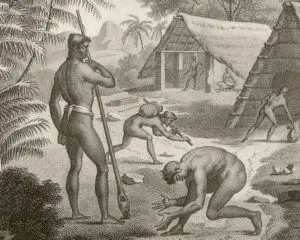
Manachang
In the social organization of Chamorro/CHamoru society, individuals from the lowest class were known as manachang. In her study of early CHamoru culture, anthropologist Laura

In the social organization of Chamorro/CHamoru society, individuals from the lowest class were known as manachang. In her study of early CHamoru culture, anthropologist Laura
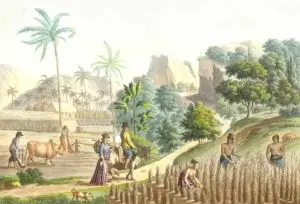
Under Spanish colonial rule, the introduction of Spanish customs, social systems and land tenure disrupted traditional practices of land ownership and social class structure of

Early accounts of traditional Chamorro/CHamoru society describe at least two distinct social castes—the chamorri, or upper caste, and the manachang, or lower caste. The chamorri

The social ranking of individuals, whether by age, gender or social status, has always been important in Chamorro society. In pre-Spanish times, social status dictated
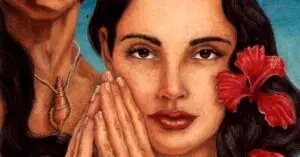
The story of the two lovers who tied their hair together and leapt to their death on Guam was first recorded by French researcher Louis
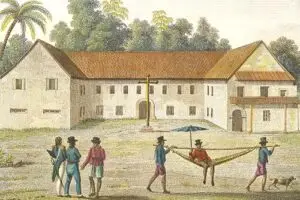
In Spanish colonial times criollo referred to a full-blooded Spaniard born in the Spanish colonies in Asia and the Americas. It was a term mostly

ndios were defined as the native indigenous peoples in all the Spanish American and Asian possessions. During the Spanish colonial period in the Mariana Islands
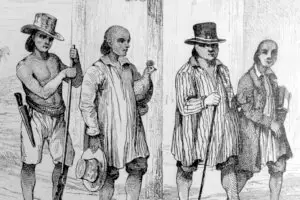
Insulares was the specific term given to criollos (full-blooded Spaniards born in the colonies) born in the Philippines or the Marianas. Insulares were part of
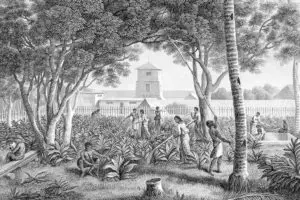
During the Spanish colonial period (1668-1898), persons of mixed African and Spanish ancestry were known to the Spaniards as mulatos. They were mostly hired for
Manma’gas is the Chamorro/CHamoru word for leaders when referred to as a group. In ancient Guam, CHamoru leaders were usually the oldest members of clans